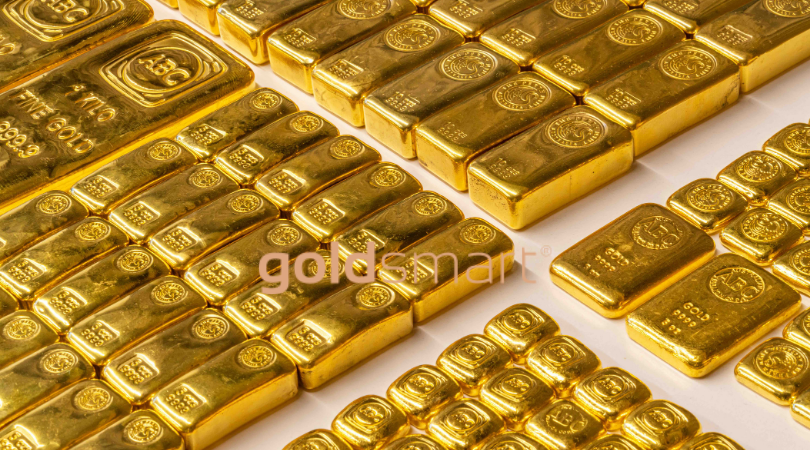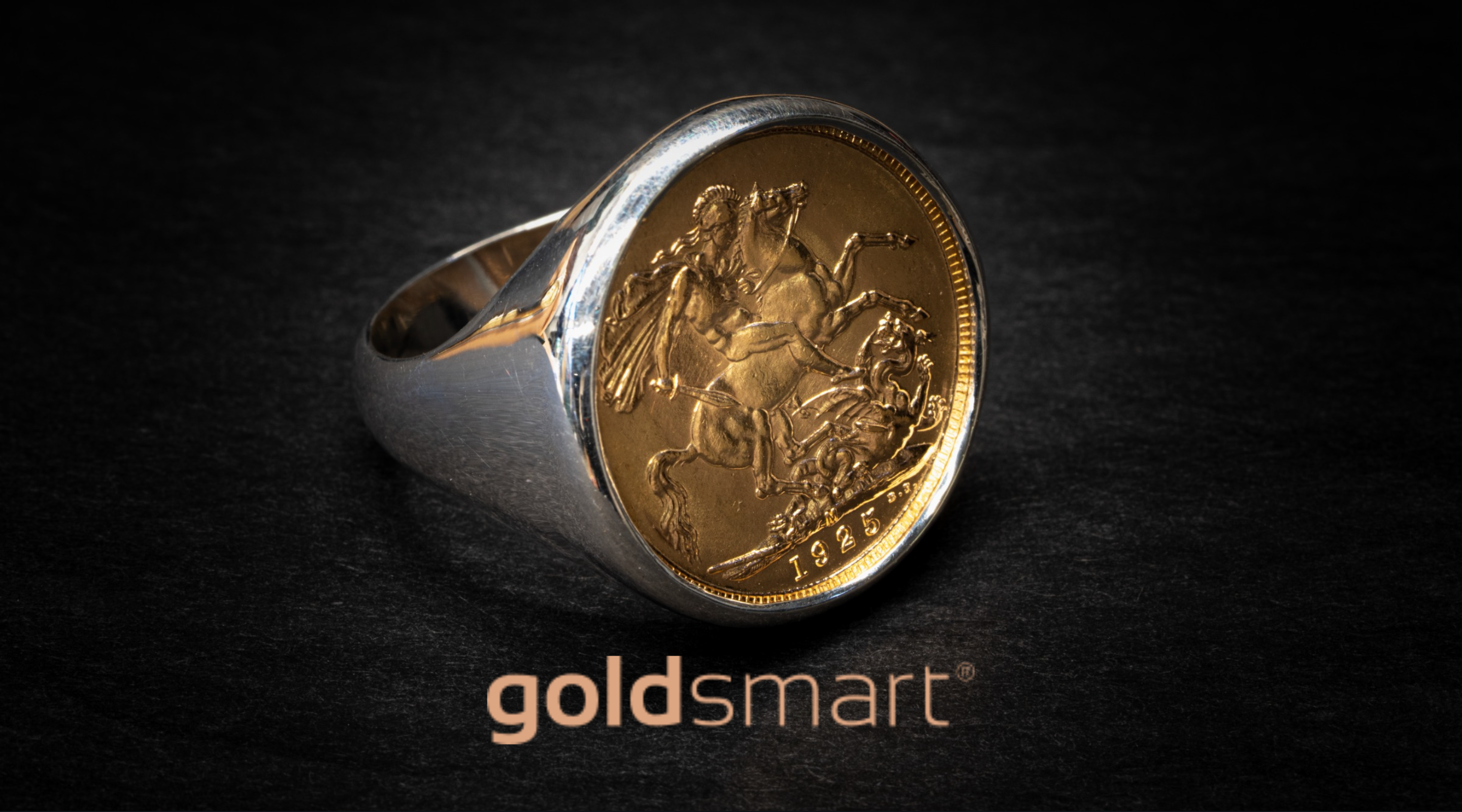
Gold prices vary considerably, depending on whom one talks to. Aside from the spot price of bullion gold, which assumes one troy ounce of 24-carat quality, there is no particular standard available as every market for the precious metal has variation. As a result, a lot of people spend a lot of time guessing where gold value might be, and then they end up surprised when they try to apply it to their personal situation and find the results are very different. This scenario has played out far more frequently in recent years thanks to the Internet and the proliferation of lots of information, not necessarily correct or applicable to the particular reader. Nonetheless, the data and conjecture sound good, reads intelligently, and people use the information to bolster personal assumptions about their assets.
Remember What Matters with Personal Gold Prices
There are two fundamental price points one should always understand that are personal, correct, and will always matter the most to the individual trying to sell personal gold. The initial value of gold is what you pay for it. If you paid $1,000 for a gold coin some years ago, that is your entry point, period. Whatever that gold might be worth in an estimate or appraisal is a guess. The gold to you is worth $1,000 because that is what you spent to buy it from your own pocket. If you are one of the lucky folks who received the gold coin free from a relative or as a prize, even better. Now it is worth $0 in terms of anything paid for. Does that mean it is worthless? Of course not. But your output to obtain that gold was nothing, which means you stand to gain the most of anyone owning a similar coin.
The second price point that matters the most is how much you sell the given gold for. If at the time, you sell the coin for $800 because that’s the most offered, then your price point is less than what you paid if it originally was $1,000. On the other hand, if you got the coin for free, you have made a whopping $800 profit, even if folks argued the coin was worth more a year before.
The point of the above two paragraphs is this: all the guides, advice, and websites in the world do not matter one wit when it comes to your actual price of gold. What does matter is how much the gold gets charged for or sells for when you act. From this perspective, gold becomes pretty simple to manage as an investment. Ideally, you buy low, hold onto gold for a high point, and sell high. It is a pretty simple investment strategy to follow. Where things get complicated, however, comes in guesswork on when to sell and when is a high price high enough? Along the same lines, if gold drops in value, will it ever return back up to a breakpoint for the individual? These additional questions are what tend to create all the additional fuss about investing in gold.

If Gold is Personal, Why Is It Always Tied to Markets?
The precious metals get tied to stock markets and economic conditions because they are usually used as a hedge or a safe harbour when those investment arenas turn sour. Gold is seen as an alternate form of value and financial strength because it is not directly connected to the very thing that does drive markets, the success of the companies that make up those markets. As a result, gold would rise in value historically when markets were not doing well. Repeatedly, gold has been a physical go-to form of wealth to preserve and protect value gains over time and ride out the storm when markets lose value. By shifting back and forth, investors avoid the dips and losses that come with a fluctuating market, in theory, and instead dive back in when things are restored and growing again. Ideally, by timing the shift back and forth, one’s investment stays on the growth side most of their portfolio exposure period.
Supply Remains Tight, But Gold Fluctuates Wildly
So, let’s re-look at why gold prices are where they are now in respect to the individual’s value who might be considering selling gold at the beginning of 2021.
After the summer started last year experts and market watchers paid close attention to the supply side of gold. The mining output has not changed much over the last few years, generally producing the same level from one year to the next. In fact, as Spring 2020 set in and social distancing became a big issue due to COVID-19, some of the operations actually slowed down and output started to drop a bit.
At the same time, available gold supply in all forms was being grabbed by individual and institution players from every direction. As government stimulus spending further weakened battered currencies by flooding markets with more cash, gold really started to stand out as a solid, disconnected asset to have that was not swayed easily by government monetary policy. That in turn drove more demand on a limited market.
Granted, a good number of folks in 2020 had seen the current window as a great opportunity to unload the gold they had kept on hand for years. Sellers were richly rewarded in all formats, from bullion gold to scrap gold jewellery being liquidated at continuously rising prices. That said, even though this push has moved new units of recycled gold back onto the market, it has been nowhere near enough to balance out the current demand. Everyone from government mints to auction sellers on private sale sites like eBay were swamped with offers and backlog orders because of the high demand by the middle of 2020.
Long-term projections for gold levels and supply returning back to normal are also unlikely. Mining is not going to suddenly boost and dump a huge amount of new supply on the market. Government central banks themselves continue to hold onto reserves to maintain needed stability if something goes haywire with market bubbles, and private buyers still outnumber private sellers. In short, the supply shortage of available gold for investing is going to continue to be pinched in 2021.

Gold Price Prediction: It Can and Will Drop
Gold in Auckland markets is not immune to losing value, however. Any investor who paid attention to what happened earlier in 2020 saw a good example of this. Like everything else, the initial shock of an economic COVID panic sent gold hurtling down in value dramatically in the middle of March only to recover itself some 10 days later. This kind of dip was driven more by emotion and general financial anxiety than anything logical or rational. Nonetheless, gold’s value was cut by almost 15 percent in that same short window, proving the precious metal could be caught up in global mob rushes like any other investment tool. Gold is not immune to panic.
As of the new year, gold is predicted to be in a mild drawback from its highpoint at the beginning of August 2020, and once again the precious metal provides its typical entry point for more positions to be added for those who want to buy in. Supply is not going to rise fast anytime soon, and the public markets just need a Halloween scare to spook everyone back into gold again, shooting the value up once more. The U.S. is already debating about implementing the third stimulus spend, and Europe continues to do the same to stabilize its overall international market. However, unlike normal trends, equities (stocks) did not fall in the winter, and cryptocurrencies drew an incredible amount of investment as well due to recent runs (Bitcoin broke $40,000 USD). That deflated money that would otherwise have pushed gold up again in the spot price.
In short, the market price for gold is mixed, and profit or loss comes back to the very two principles we discussed at the beginning of the article. If you bought gold at a much lower price some years back, you are still sitting on a very large profit that is being sustained well in the range of $1,840 USD/troy ounce. However, if one arrived at the party recently, then the predictions might look very different, maybe even reflecting minor losses if one sells their gold right now, having come off of higher points earlier in 2020. Personal perspective and commitment really matter in every case, and it’s the reason why one can’t arbitrarily apply some website’s advice or standard across the board. Gold investment is personal, specific, and unique.
Gold Smart Makes It Easy to Sell
If, however, you predict that now is your best time to sell gold given your prior buy point, and you’re concerned about losing further value waiting long, Gold Smart can help. Not only does our office provide the most competitive prices for gold resale versus the gold spot market price, Gold Smart also ensures personal sellers have the most reliable, responsive, and safe channel to sell their gold as well. No one can time the market objectively for an individual, that is a personal decision everyone who has gold to sell has to decide for himself. However, Gold Smart can make it extremely easy to sell gold quickly before the market changes further when a seller decides to take action. With a professional gold-buying team always ready to go, Gold Smart provides sellers a very effective means of managing physical gold for investment as well as liquidation. Let us know how we can help.